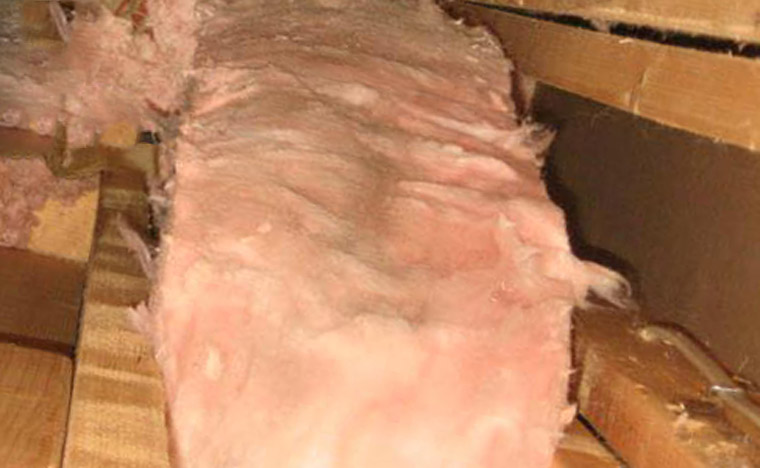-
info@aaanimalcontrol.com
Call us for help in your town
Humane Wildlife Education
Removing and replacing insulation in an attic
Need wildlife removal in your hometown? We service over 500 USA locations! Click here to hire us in your town and check prices - updated for year 2020.
There are many instances where a wild animal can gain access into your home and set up its residence within your attic. These creatures are looking for a safe place to live, and can find that your attic makes for the ideal location because it provides seclusion and a great deal of security for the animal.

While they may find it to be the ideal place for them to live, you clearly don't want a wild animal living in your attic. They can do a significant amount of damage to your house, especially to the insulation that you used to keep your house warm in the winter and cool in the summer. Animals like this carry a large number of parasites and other diseases that can pose a health risk to your family, and when they relieve themselves the feces and urine gets onto the insulation, meaning that you need to get rid of it. So, if you have scare away a wild animal from your attic area, you will now need to know how to remove and replace insulation in attic.
You simply cannot try to wash the insulation so that the pathogens are removed. That is not safe in the least, and will likely not do the job at all. You leave room for parasites, bacteria, fungus, and other disease materials to blossom if you don't simply get rid of the insulation.
Before deciding to do anything, where you want to begin is by protecting yourself first. Before removing any insulation material where the wild animal was living or where it relieved itself, it is important that you wear clothing that covers all exposed areas of your skin, a surgical mask to protect your respiratory system, goggles, a hat, boots, and thick gloves to protect your hands. This is extremely important as these pathogens can easily spread to your skin if not fully protected.
Next, get to garbage bags, placing one inside the other. To be safe, it is important that you double bag all of the insulation that you are going to be pleasing in your garbage so that the diseased insulation cannot spread. Very carefully and methodically pick up each piece and place it inside the bag so that is completely enclosed within the garbage bag itself.
If you have insulation that is blown into the attic, meaning that it is not in an elongated sheet, then it is a good idea to use something like a dustpan to scoop up the insulation in place it into your garbage bag. Once again, make sure that you are very methodical and careful when throwing the insulation away.
When you are done, make sure that you securely tighten the bag and take it to a location to get rid of it. Before putting in the new insulation, it is important that you clean the affected areas where the previous insulation lay. This means using bleach or ammonia to thoroughly clean and ensure that all pathogens are killed off.
For more information, you may want to click on one of these guides that I wrote:
How To Guide: Who should I hire? - What questions to ask, to look for, who NOT to hire.
How To Guide: do it yourself! - Advice on saving money by doing wildlife removal yourself.
Guide: How much does wildlife removal cost? - Analysis of wildlife control prices.
Animals in the attic - read about the common species.
Noises in the attic - how to identify critters by their sounds.


















